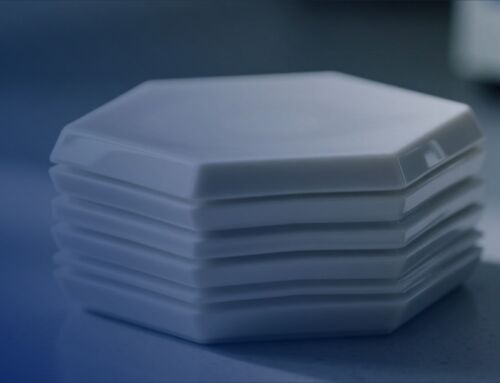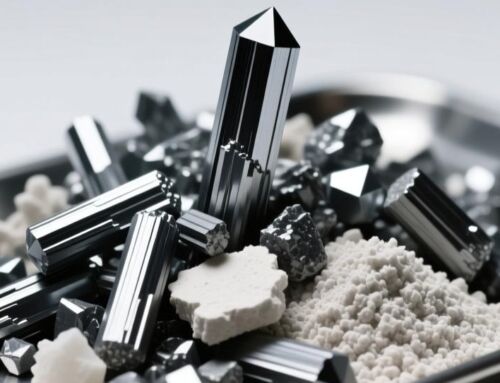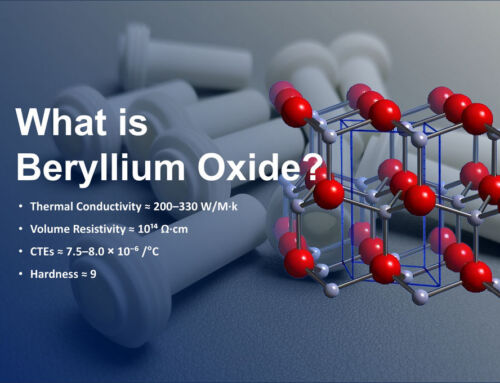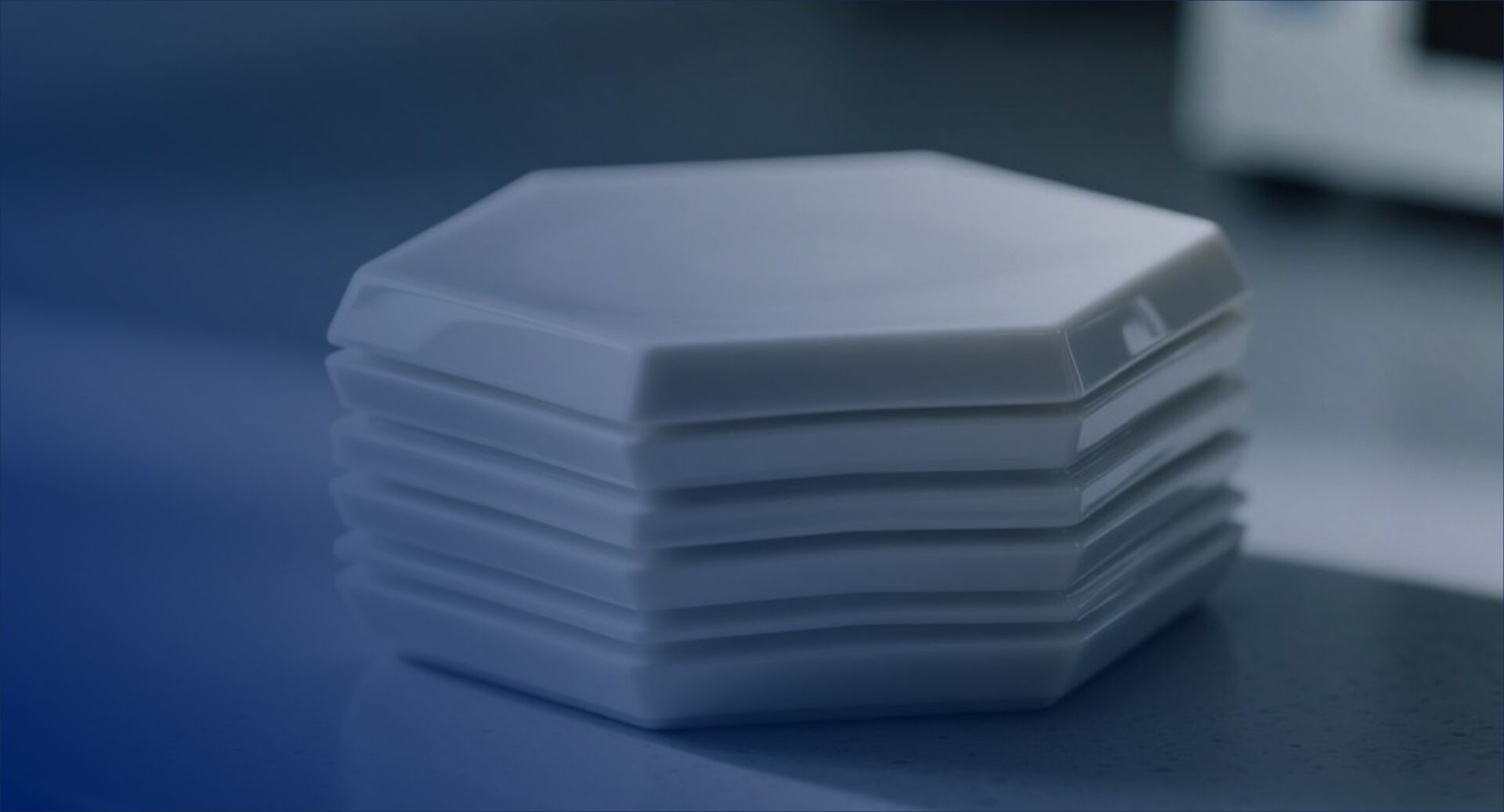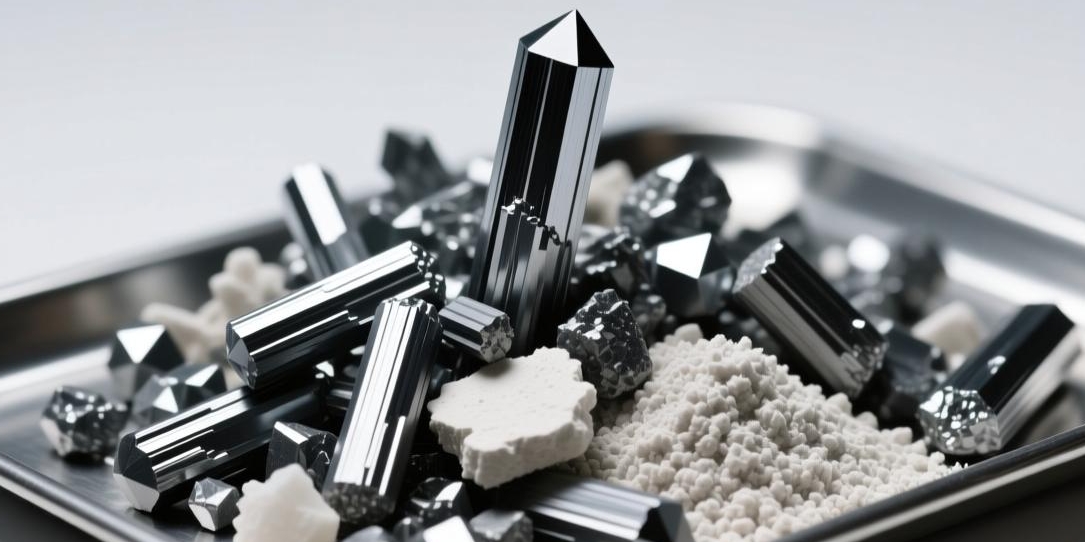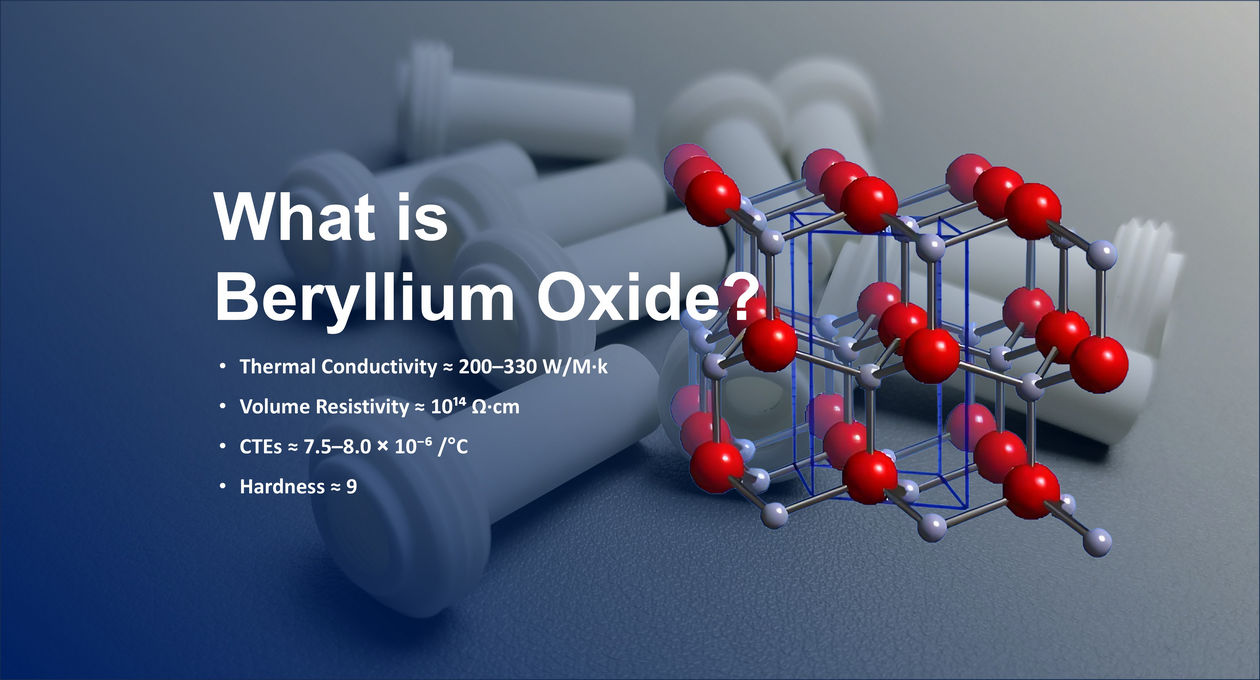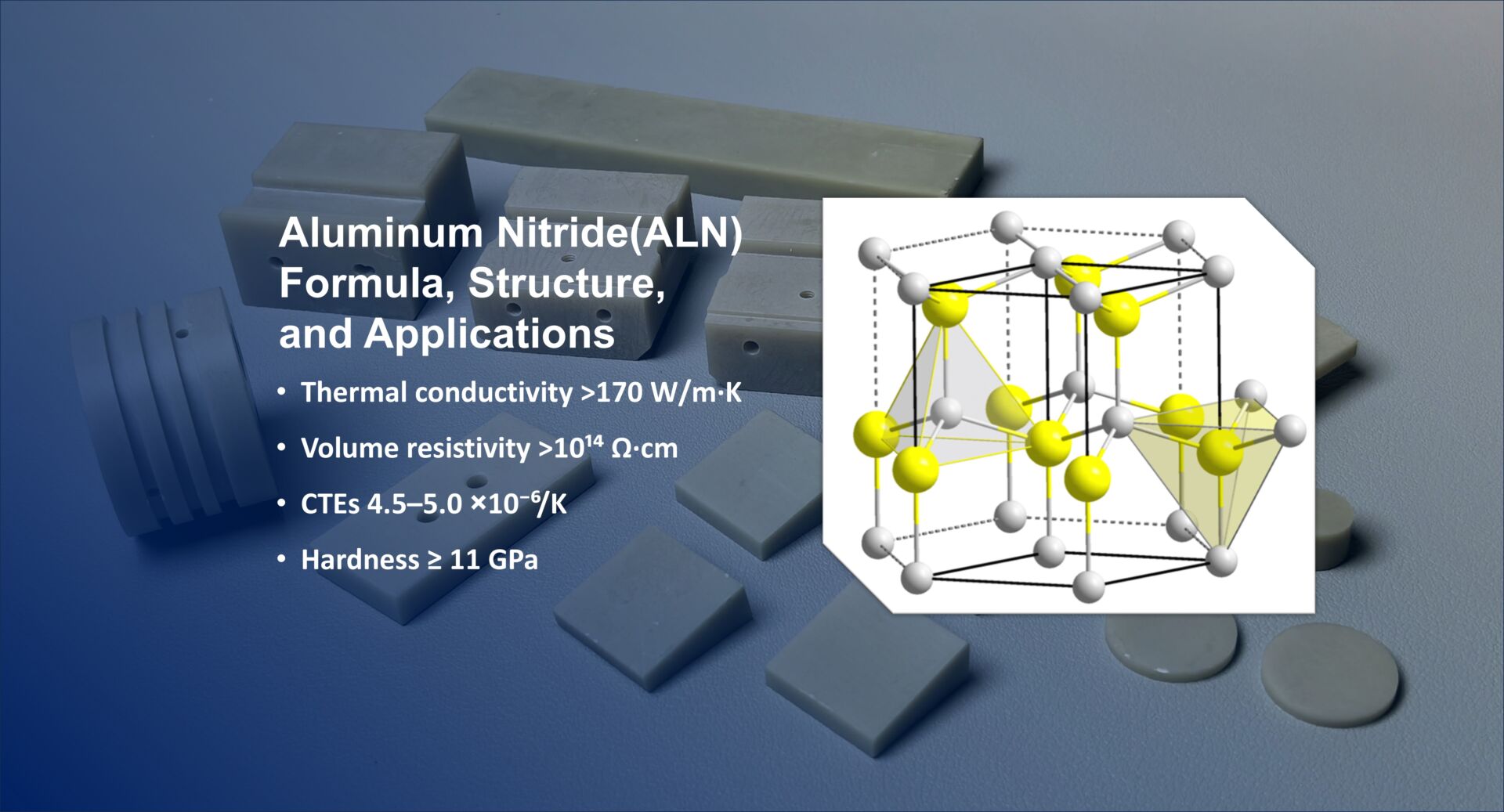Introduction
In modern engineering and technology fields, advanced ceramic materials are increasingly used due to their excellent physical and chemical properties. Among these properties, radio transparency is crucial, especially in radar, communication, and aerospace applications. This article compares and analyzes the radio transparency of zirconia, alumina, silicon nitride, silicon carbide, and aluminum nitride ceramic materials.

Definition of Radio Transparency
Radio transparency refers to a material's ability to allow electromagnetic waves (especially radio waves) to pass through without significant attenuation or reflection. This property is essential in applications such as radar, radome, and other radio frequency applications.
Radio Transparency of Various Ceramic Materials
The table below compares five advanced ceramic materials (zirconia, alumina, silicon nitride, silicon carbide, and aluminum nitride) in terms of radio transparency, including dielectric constant and loss tangent.
| Material | Dielectric Constant (εr) | Loss Tangent (tanδ) | Radio Transparency Rating |
|---|---|---|---|
| Zirconia (ZrO₂) | 25-30 | 0.001-0.005 | Moderate |
| Alumina (Al₂O₃) | 9.8 | 0.0001-0.0002 | Good |
| Silicon Nitride (Si₃N₄) | 7.8 | 0.0001-0.0002 | Excellent |
| Silicon Carbide (SiC) | 10-14 | 0.001-0.005 | Poor |
| Aluminum Nitride (AlN) | 8.5 | 0.0001-0.0002 | Excellent |
Material Analysis
Zirconia (ZrO₂)
Zirconia has a relatively high dielectric constant, but at certain frequencies, its low loss tangent allows it to perform well in microwave and high-frequency applications. Therefore, its radio transparency is rated as moderate.
Alumina (Al₂O₃)
Alumina features a low dielectric constant and extremely low loss tangent, exhibiting good radio transparency. Although its dielectric constant is not as low as silicon nitride or aluminum nitride, it remains an ideal choice for many high-frequency applications.
Silicon Nitride (Si₃N₄)
Silicon nitride has very low dielectric constant and loss tangent, making it excellent in high-frequency and microwave applications. Its outstanding radio transparency makes it widely used in radar and communication devices.
Silicon Carbide (SiC)
Silicon carbide has a high dielectric constant and loss tangent, resulting in poor radio transparency. While it excels in other areas, it is not advantageous for radio frequency applications.
Aluminum Nitride (AlN)
Aluminum nitride has a low dielectric constant and extremely low loss tangent, making it the best performer in high-frequency and microwave applications. Its high thermal conductivity and low dielectric constant make it an ideal material for high-frequency electronic devices.
Conclusion
By comparing the radio transparency of advanced ceramic materials such as zirconia, alumina, silicon nitride, silicon carbide, and aluminum nitride, we can conclude that aluminum nitride and silicon nitride ceramics exhibit excellent radio transparency in high-frequency and microwave applications. They are ideal materials for radar, communication, and aerospace fields. Zirconia and alumina ceramics also perform well under certain conditions, while silicon carbide, due to its high dielectric constant and loss tangent, performs poorly in terms of radio transparency.
By choosing the appropriate ceramic materials, we can better meet the specific application requirements, thereby enhancing the overall performance and reliability of the system.

